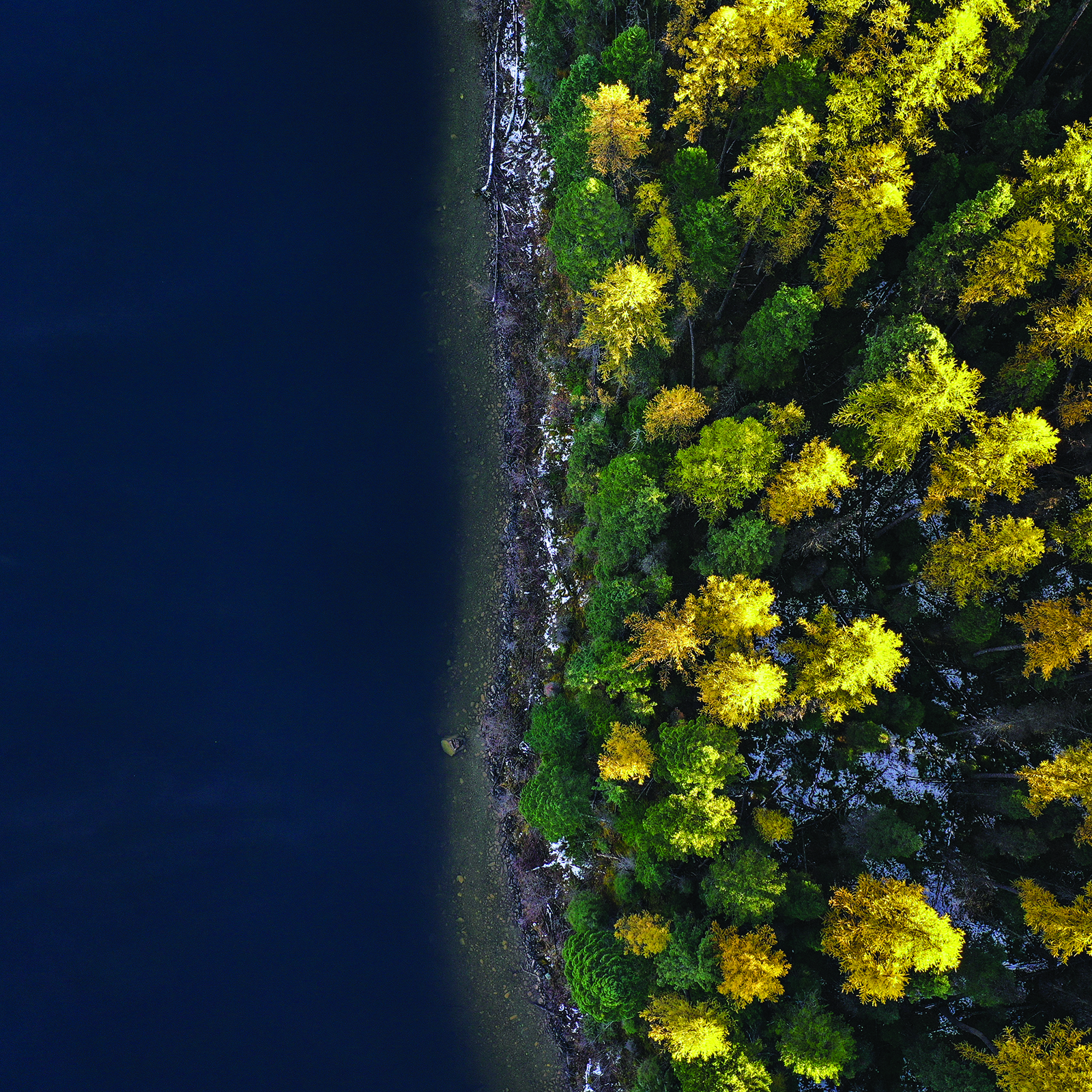Sundown approached on a Friday in downtown Whitefish. A year-round tourist destination with a ballooning population, Whitefish is a de facto party hub of Northwest Montana. Ordinarily, one would expect to have to hunt for a parking space on the eve of the weekend. But on this day, not a single après-ski reveler clomped down the sidewalks of Central Avenue. The streets, unnervingly empty, were now more reminiscent of the opening scene of a zombie apocalypse flick.
A few hours earlier, the local health department announced the detection of its very first COVID-19 cases in Flathead County. The live feed from my drone’s camera confirmed not only the peculiar sight of ample parking all across downtown, but the arrival of a stillness; the same stillness that had already metastasized to cities around the globe had finally infected the relative remoteness of the Flathead Valley.
Such a startling cessation of everyday life was more than deserving of a few photographs — especially from the right perspective.
Aerial imagery is a powerful tool in the modern photojournalist’s storytelling kit, and the documentation-oriented photographer is on a forever quest for a fresh angle. Few tools freshen things up visually like a camera in the sky. Views formerly reserved for birds and, much later, a minority of humans with the means and skills to travel in complex aircraft, are now accessible to the layperson with a little practice and training.
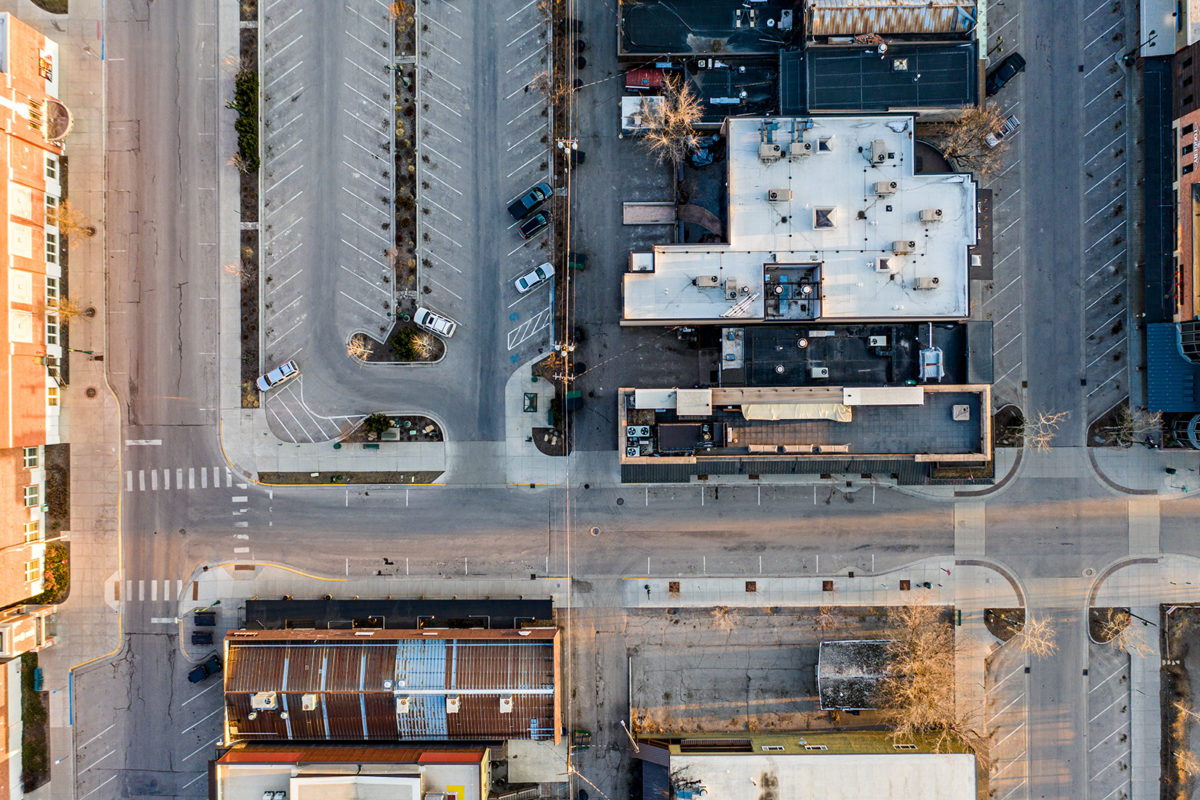

Pandemic traffic patterns aside, I’ve found drones are a particularly effective instrument in affirming the scale of Montana’s natural landscapes — and humanity’s relentless transformations of them.
A flight over the edge of Kalispell on a clear September day revealed a fencepost-wide contrast between what was and what will be. On one side, over-fertilized grass glowed an unseasonable shade of green in a new suburb, while on the other, stubble from a harvested canola field decomposed into a shade of mousy brown. Precious few dark stands of centuries-old evergreens, spared the ax of industry, bordered the agricultural fields and residential sprawl in a few places.

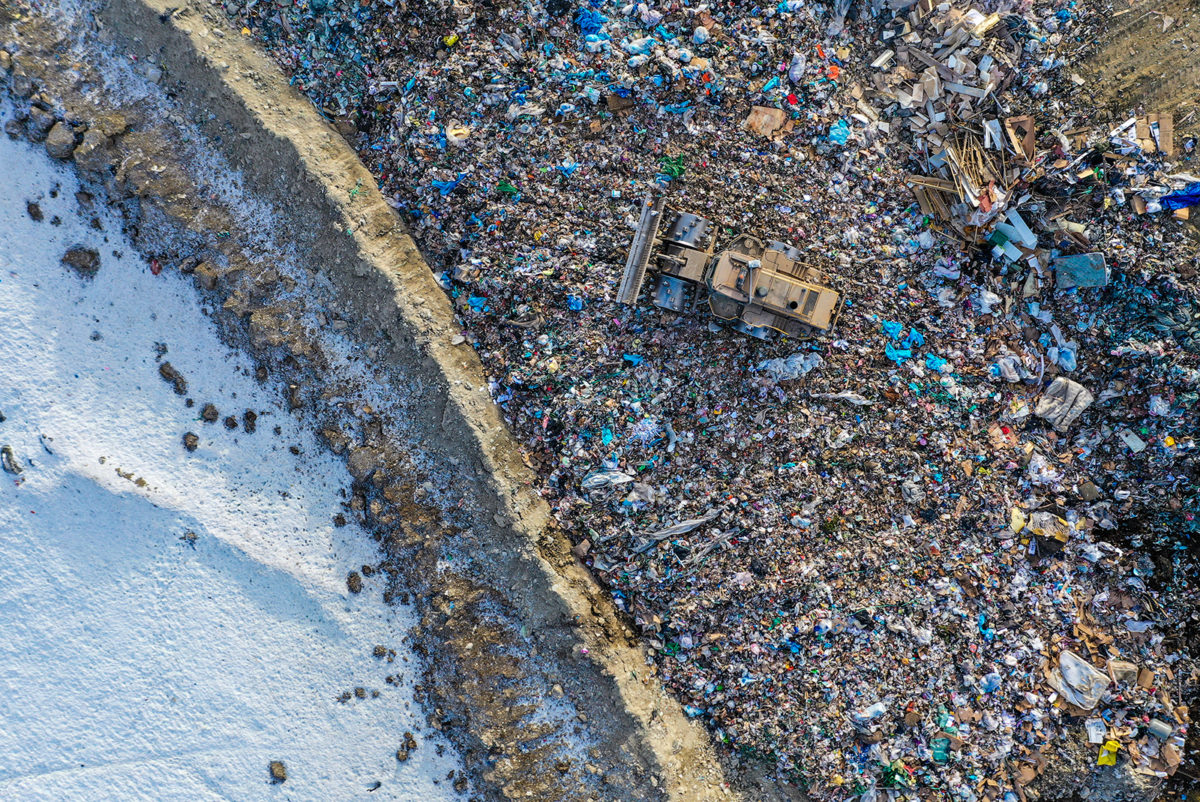
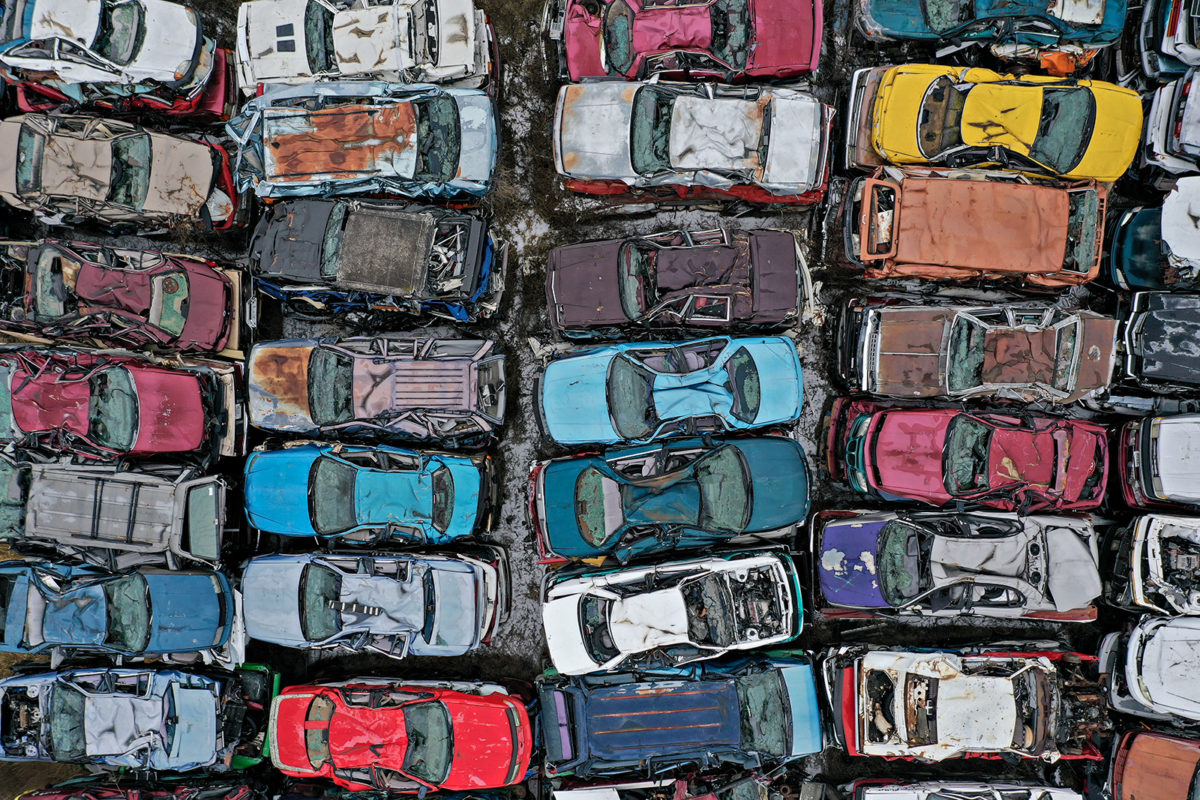
Another flyby in neighboring Somers from about 100 feet up filled the frame with the shells of thousands of expired cars rusting away in a junkyard. Tilting the camera up revealed the crisp blue expanse of Flathead Lake, among the cleanest natural bodies of water in the world, just across the highway from the automobile graveyard. So sizable is the lake, even from the drone’s elevated viewpoint, the gravelly southern shore is obscured from view by the curvature of the Earth.
For all their wondrous capabilities, I harbor mixed feelings about drones. Be it the proliferation of automobiles, guns, nuclear energy, social media, or miniature quadcopters, every new technology comes with its dark side.
Drones, by their nature, can be invasive. An otherwise mentally restorative excursion into the woods in the 21st century might be disrupted by the whine of low altitude propellers. Government agencies, private companies and nosy neighbors alike can use them to scan, surveil and record with unprecedented ease. Between the smartphones in our pockets, the robotic eyes in the skies, and the internet that connects them all, privacy and mystery in the traditional senses are behind us.


But it’s my hope refinement and thoughtful use of drones can help offset their negative side effects. Regulations around small unmanned aircraft continue to evolve and require commercially-certified drone pilots such as myself to keep abreast of the Federal Aviation Administrations’ sprawling lists of rules, while states and localities sometimes issue conflicting ordinances of their own.
Most regulations are sensible and enhance safety and help facilitate coexistence, such as not flying in the vicinity of airports or over stadiums filled with people. Other regs come off as more arbitrary, such as drones used for recreational purposes weighing under 0.55 pounds need not be registered, while the same commercial license certifies pilots flying all drones weighing up to 55 pounds up to flight speeds of 100mph.

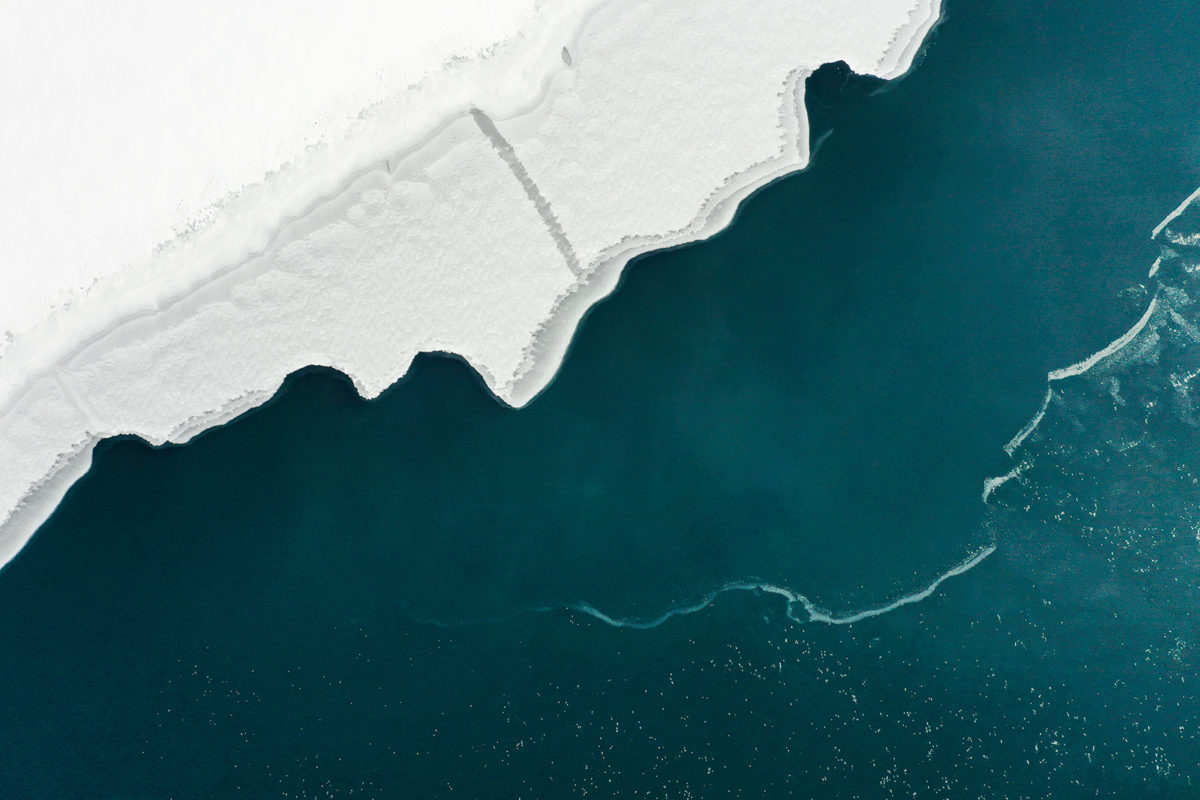
A year after the fateful arrival of coronavirus in the Flathead Valley, I returned to downtown Whitefish with my eye in the sky, taking off from the same patch of sidewalk I did precisely 365 days earlier, almost to the hour. I framed the blocks of Whitefish’s core business district exactly as I had before. The scene in the live feed was quite different. Only a handful of parking spaces remained, despite the fact that by March 20, 2021, Flathead County had officially recorded about 11,300 COVID-19 infections. The juxtaposition of this image against its year-old counterpart was an especially rewarding instance of long-form documentation for this previously ground-bound photojournalist. Evidently, society’s perspective had shifted, as had mine. The illuminating power of photography, be it from the ground or the sky, is invaluable in the long view.
